Competing in prominence and spectacularity with the ancient city of Petra and fulfilling all the expectations that one may have created before going, the Wadi Rum desert, in the south of Jordan, is another of those destinations that appear on the vast majority of itineraries through the country, however short they may be. In summary: a must, and with good reason.

Despite its apparent hostility, this desert east of the rift valley has been continuously inhabited by humans for 12,000 years, as demonstrated by the thousands of petroglyphs and inscriptions found across its approximately 74,000 hectares.
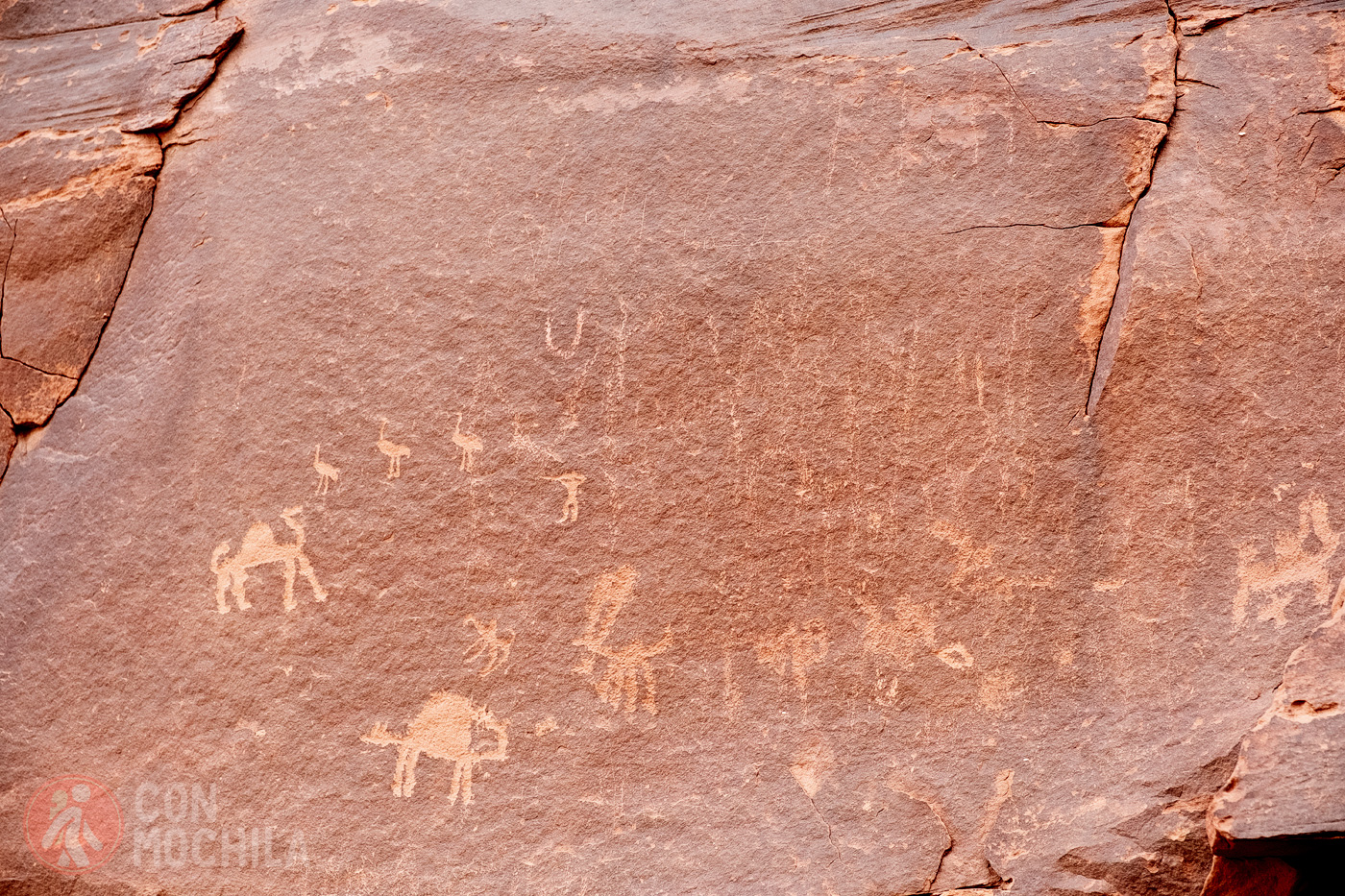
But if there is something that makes Wadi Rum authentic, it is the color of its sand and the orange and reddish tones that bathe the rock formations shaped by the wind.
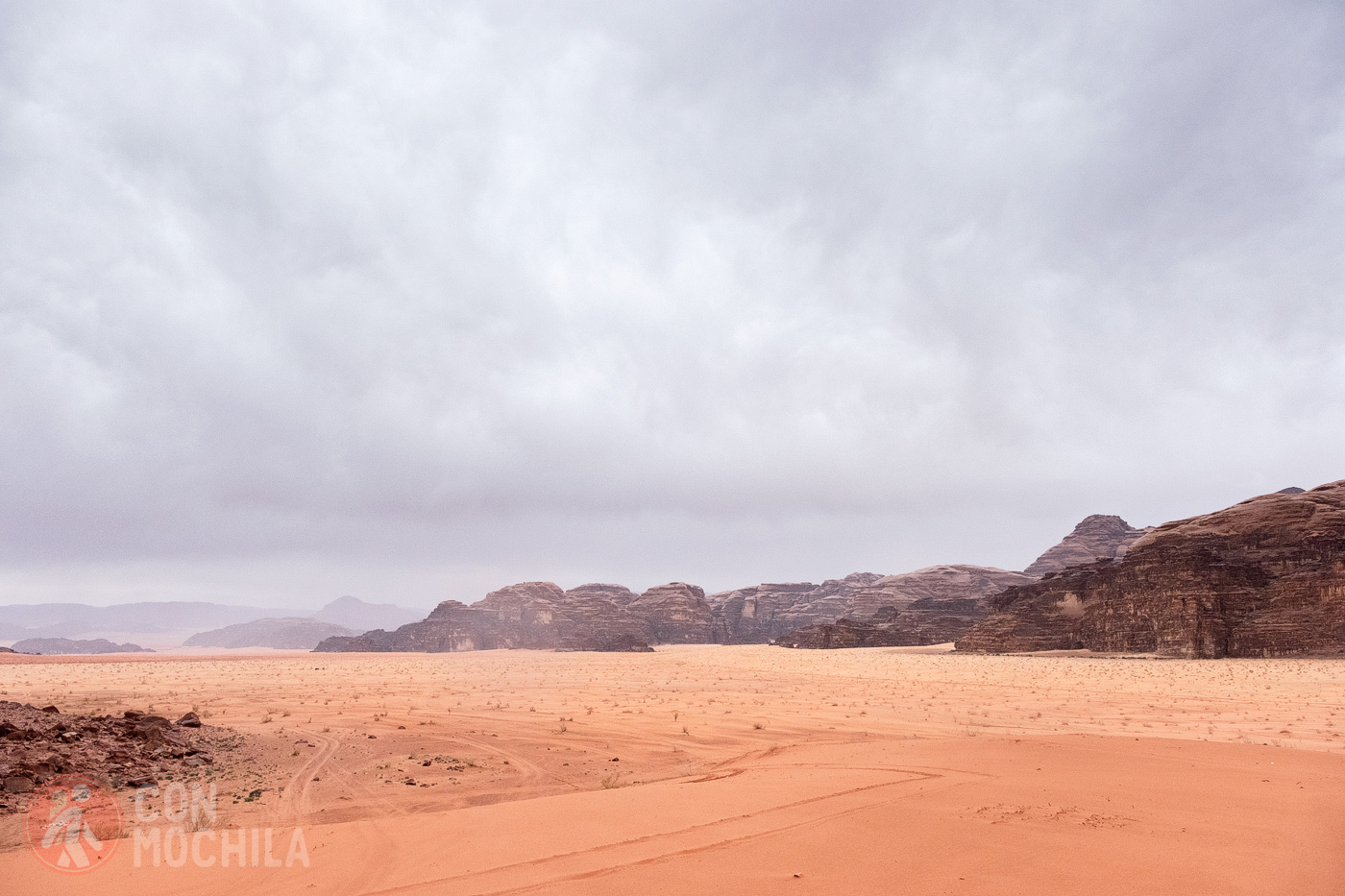
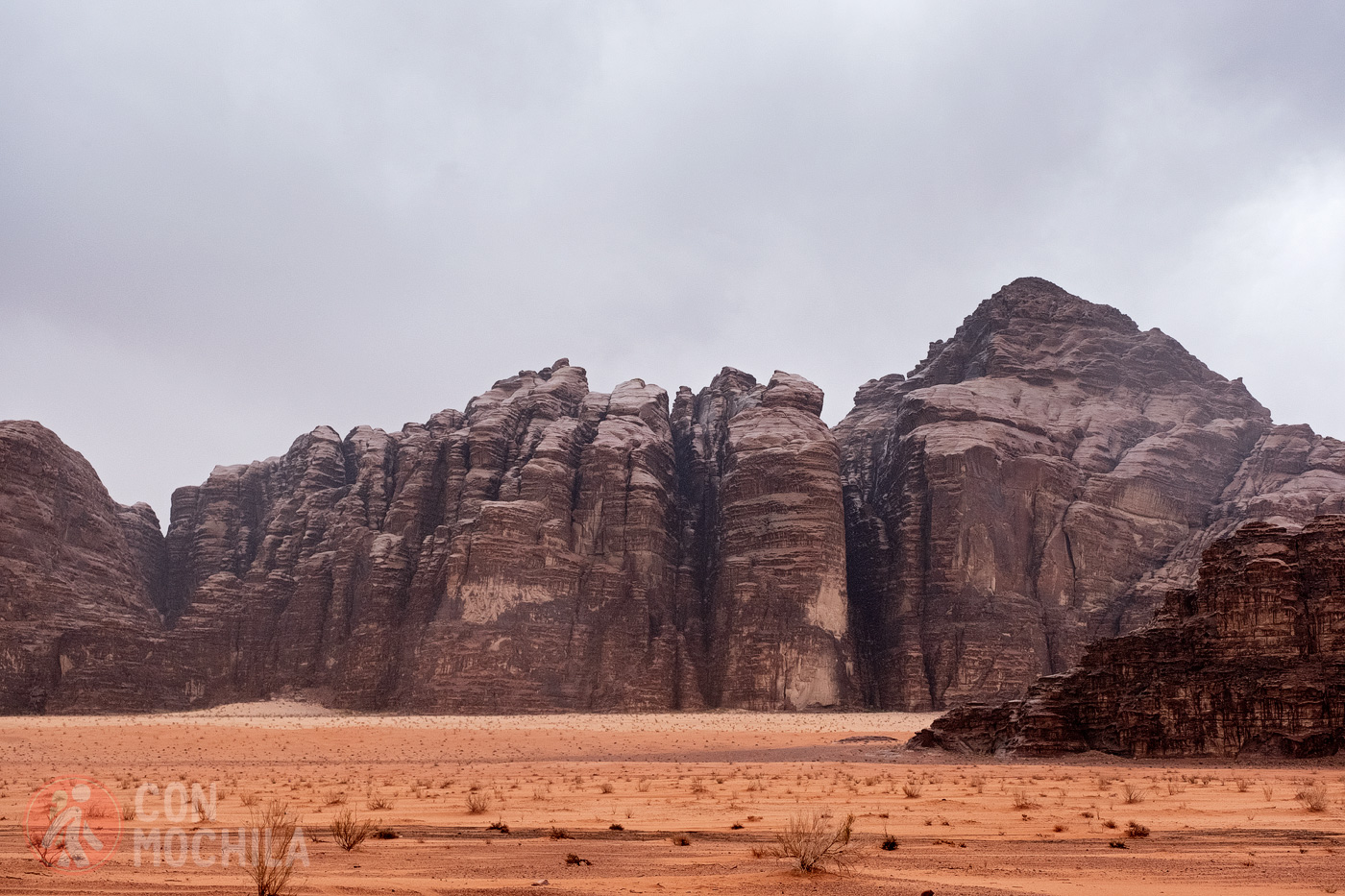
The great beauty of the Valley of the Moon, as the iconic desert is also known, is the result of millions of years of evolution that have shaped it capriciously.
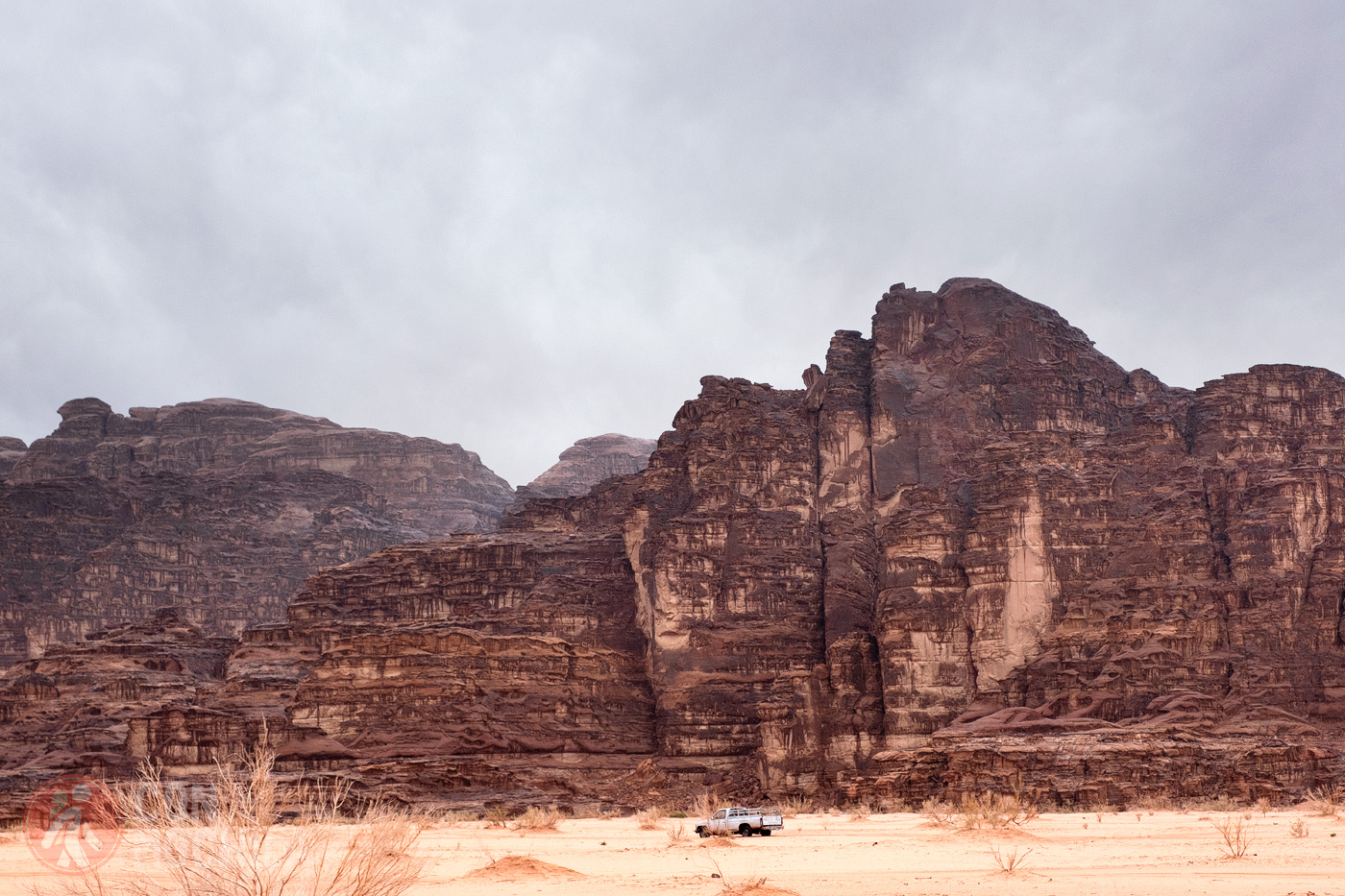
A World Heritage Site since 2011, the desert mountains were once part of the Red Sea and, in its vastness, the Bedouins found their own way of life, who in recent years have stopped raising livestock to take advantage of the pull of tourism.
Who better than the desert dwellers to show the world the beauty of this place, where one believes to be on Mars?

Even today, only a small percentage of Bedouins remain nomadic, a sedentarization that has been partly encouraged by the government.
And among those who have decided to live out of the curiosity of travelers, there are those who are guides and others who run accommodations that allow you to sleep under the light of the stars. But we will tell you a little later about where to stay in Wadi Rum.
If you are traveling by rental car, like many other tourists, you will be pleased to know that there is no need to spend long days on the road, since from Wadi Musa (Petra) or Aqaba (which are the destinations you will most likely visit before or after) it takes an hour and a half and one hour respectively.
There is not much traffic on the desert road, but you will have to drive carefully (like in the rest of Jordan) to be alert to the strange and unpredictable maneuvers of some drivers and the possible appearance of animals.
Don’t be surprised if you see camels or herds of goats on the roadside, but above all be careful because at any moment a dog can appear out of nowhere and cross the road recklessly.
After stopping at the visitor centre to pay the entrance fee or access with your Jordan Pass, you will head to Wadi Rum Village, where you will leave your car in the parking lot and be picked up by a 4×4 to take you to your camp (in our case we spoke to the camp staff via WhatsApp to tell them when we would arrive). For obvious reasons, access to the desert with your own vehicle is not permitted.
If you don’t want to improvise or prefer to have everything organised from home, you can book your excursion to Wadi Rum in advance. Below are some options.
There is really no need to worry too much about what to see in the Wadi Rum desert, at least not about how to find these places in the desert, because you will go with a guide on an excursion that you will arrange with the Bedouins, activities that are done in 4×4 or camel.
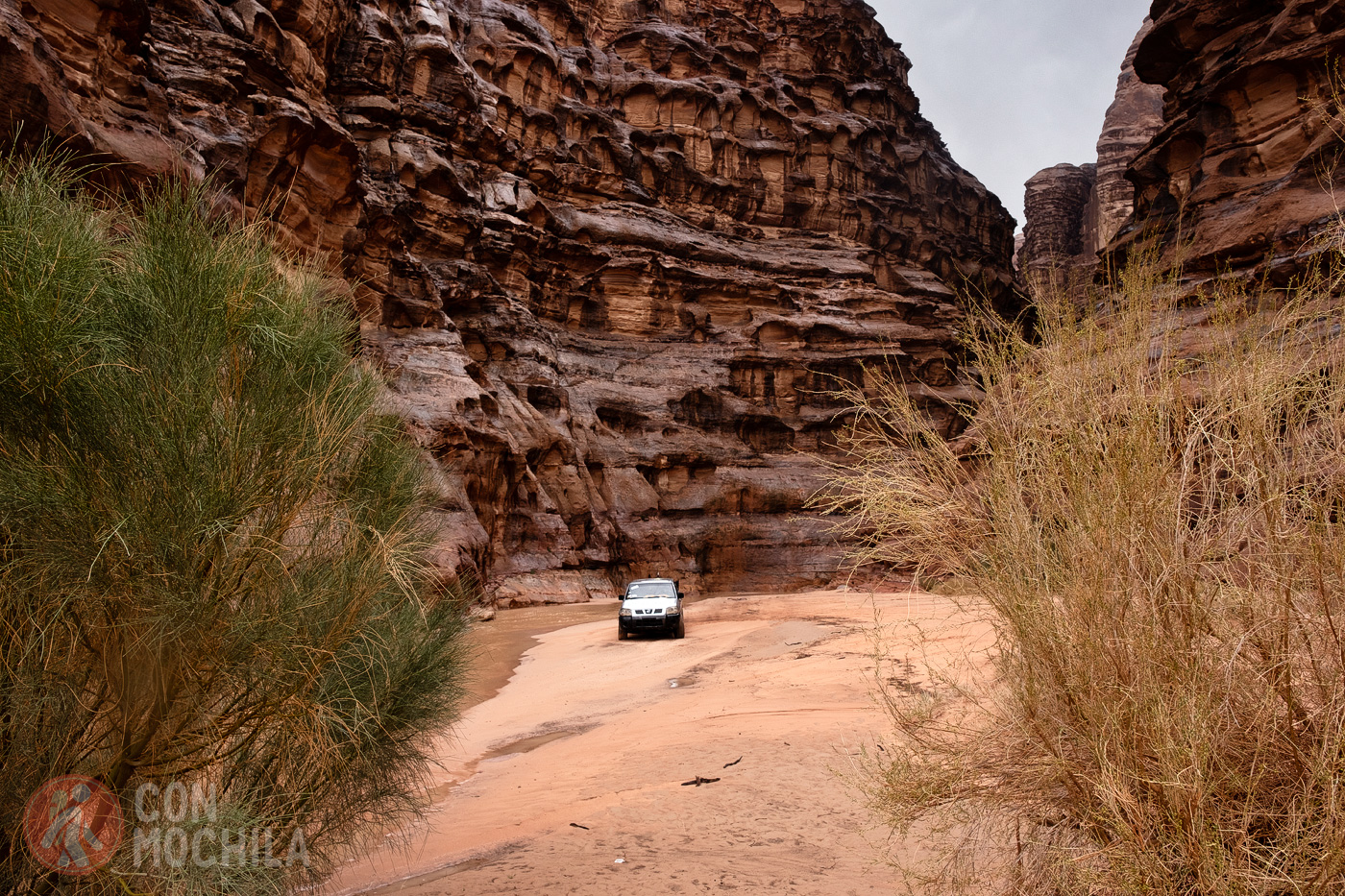
We have long had a position on the use of animals for tourism purposes, but there are tourists who, arguing that camels have been a way of life for the Bedouins for many years and that walking through the desert is not the same as taking them out of their habitat and subjecting them to the stress of staying in places full of people, are in favor of doing this activity.
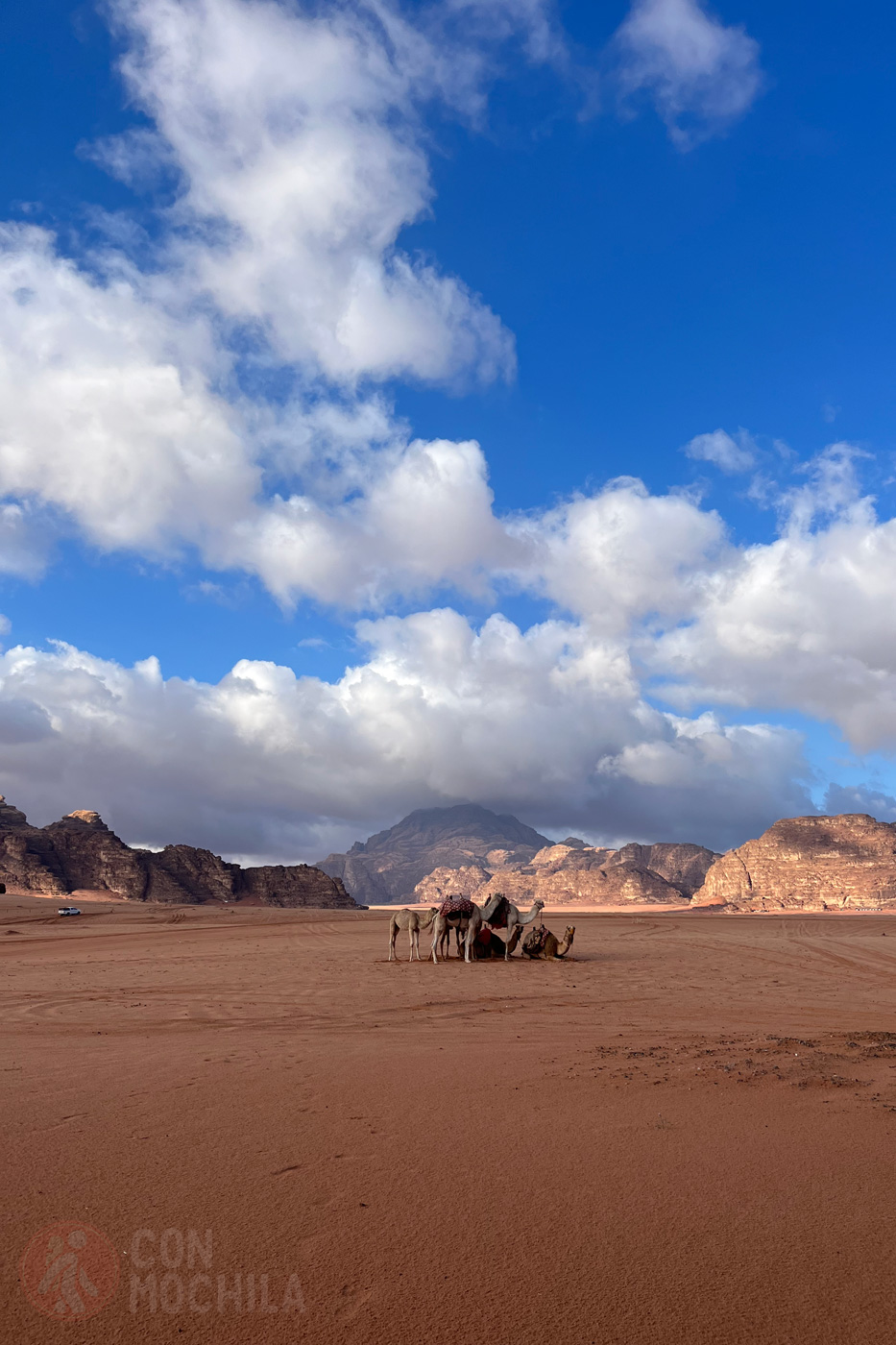
However, I only ask that those who want to ride camels, if they do so, at least make sure that they go with people or agencies that show their respect for animals and do not cause them unnecessary pain or stress, if that is possible. And if they witness any kind of mistreatment, that they report it in some way, even if it is by writing on a forum.
You can understand why you can’t see everything in a few hours’ excursion because there are about 25,000 petroglyphs, engravings that span from the Neolithic to the Nabatean, about 20,000 inscriptions, and a total of 154 archaeological sites, which is no small feat.
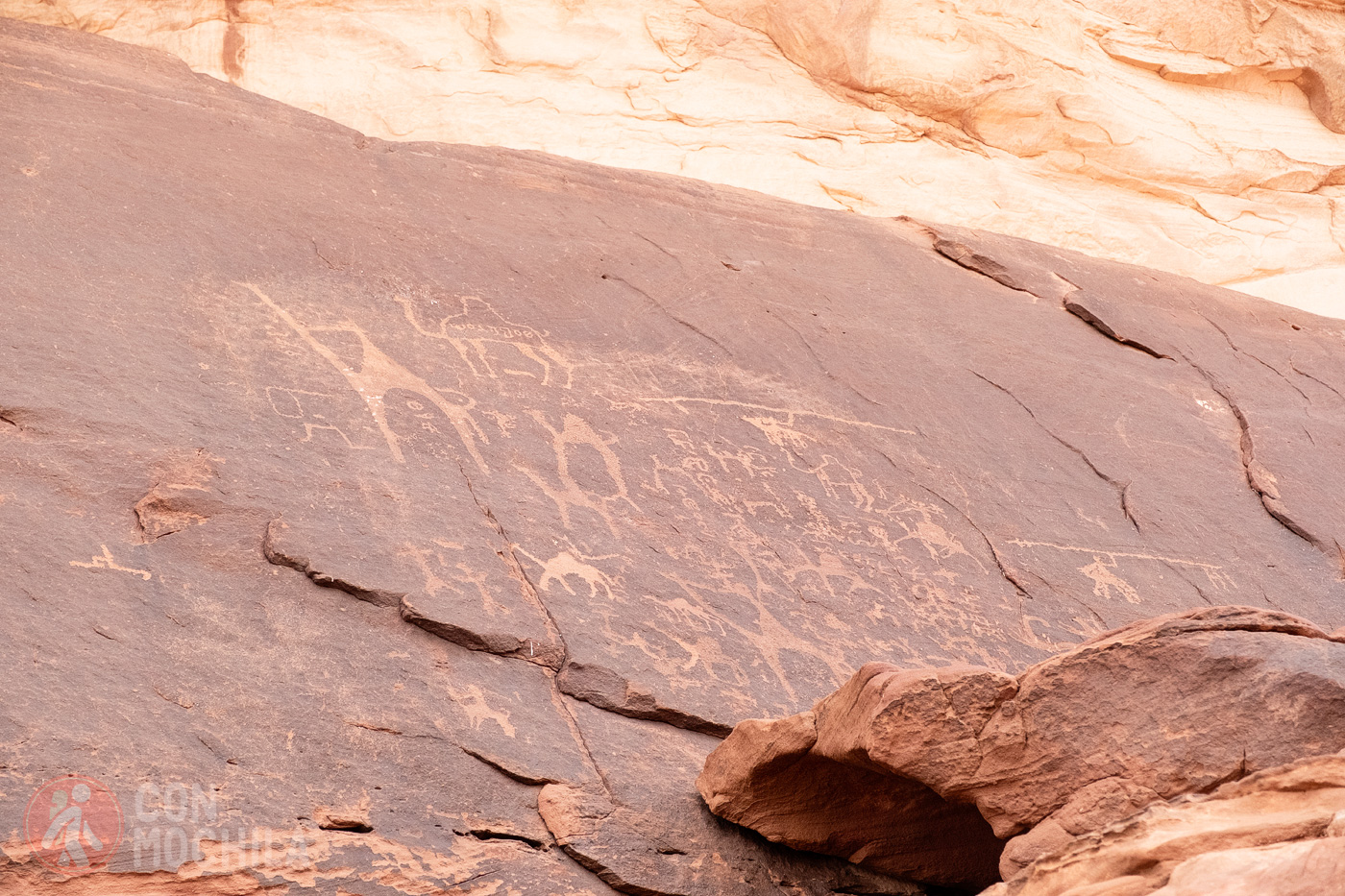
And in addition to that, of course, you will enjoy the characteristic geographical features of this desert: enormous sand dunes, gorges to explore, stone arches and cliffs… the ideal setting chosen for filming movies that needed a setting as impressive as Mars or others that obviously could not be filmed anywhere else, like Lawrence of Arabia.
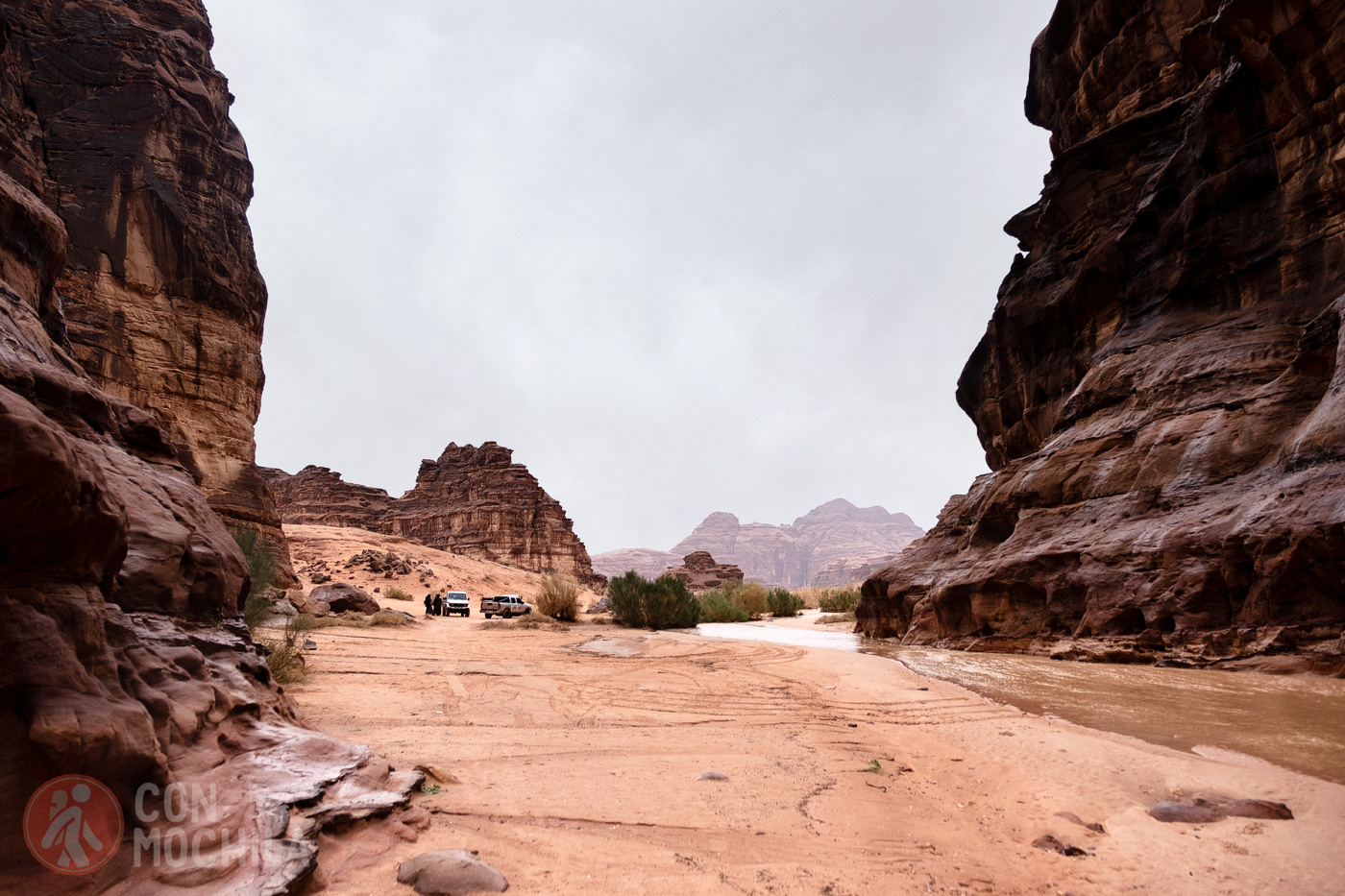
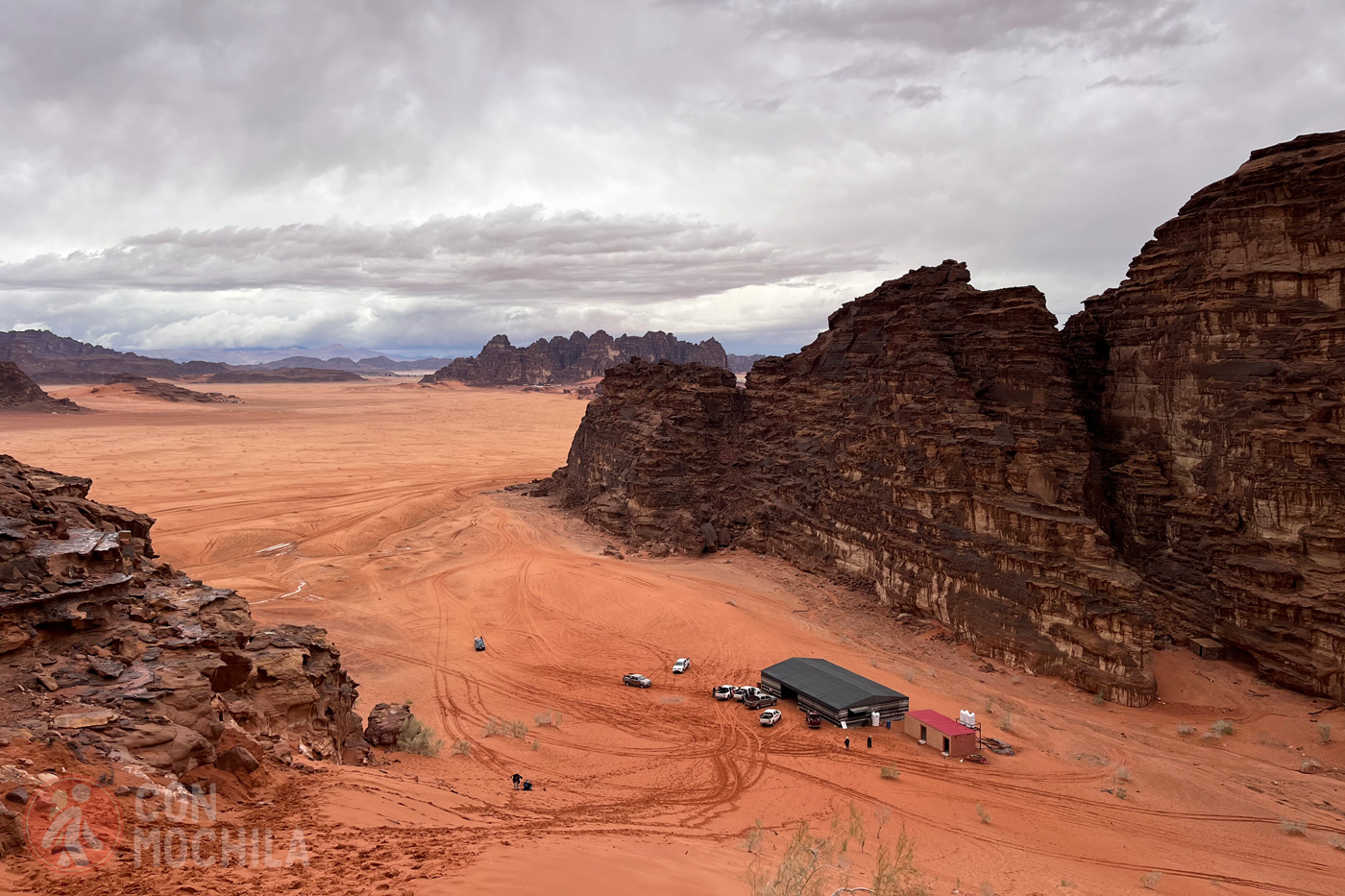
And speaking of the famous British army officer who fought with Faisal’s troops against the Ottoman Empire, he is still remembered in places that can be visited, such as Lawrence Spring, his portrait, or the pile of stones that is said to have been his home.
Among other things, the most visited are a Nabatean temple, the seven pillars of wisdom, a freshwater reserve, the Khazali and Mahama canyons, the arches of Jebel Burdah and Um Fruth or the Al Hasany dunes.
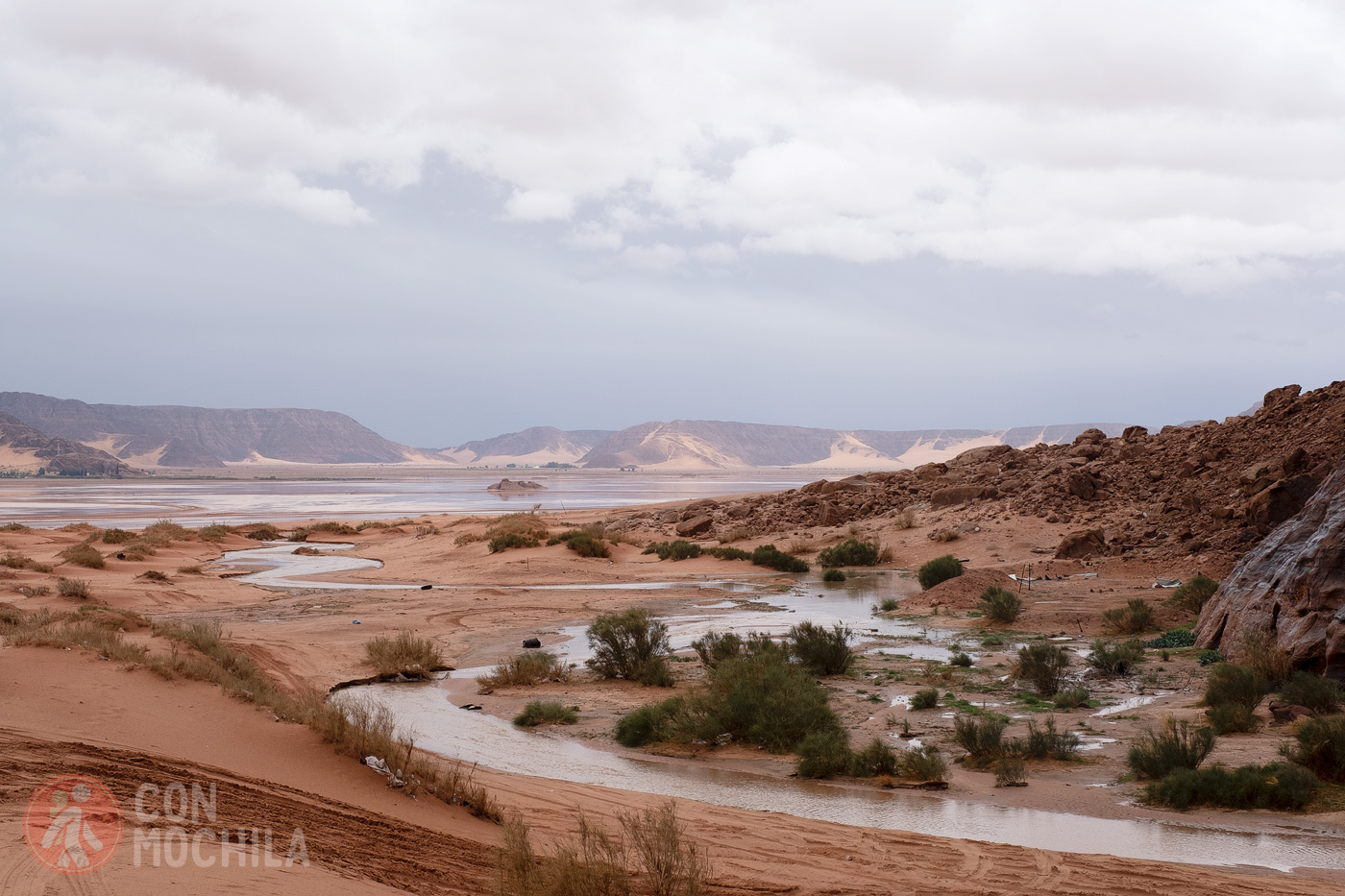
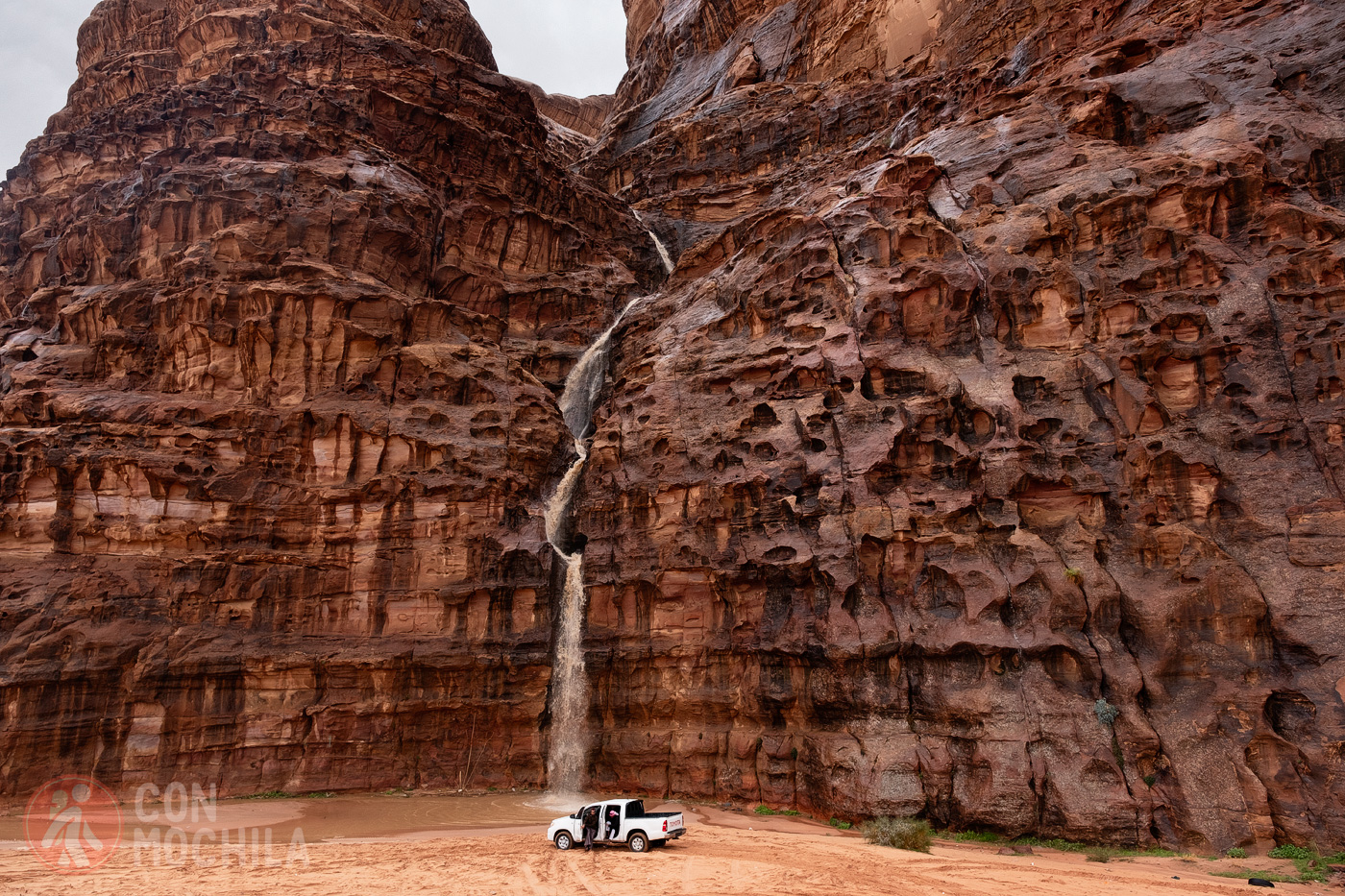
As for the wildlife in Wadi Rum, there are more species living there than one might imagine, given the aridity of the place. The animals are able to adapt to extreme conditions, but they are shy and know how to stay far enough away from people, so they are difficult to spot.
Mammal species include wolves, foxes, wild cats and hedgehogs… Although you may have more luck with reptiles (small lizards, geckos and snakes) or birds. Bird lovers will enjoy looking for crows, pigeons, partridges, eagles, vultures, falcons and the Sinai rose finch.
There are modest lodgings to make you feel like a Bedouin and super luxurious ones for those who want to indulge themselves, there is something for everyone. However, many mid-range accommodations have spaces for different budgets and offer everything from basic tents with shared bathrooms to bubble tents with transparent walls and views of the starry sky.
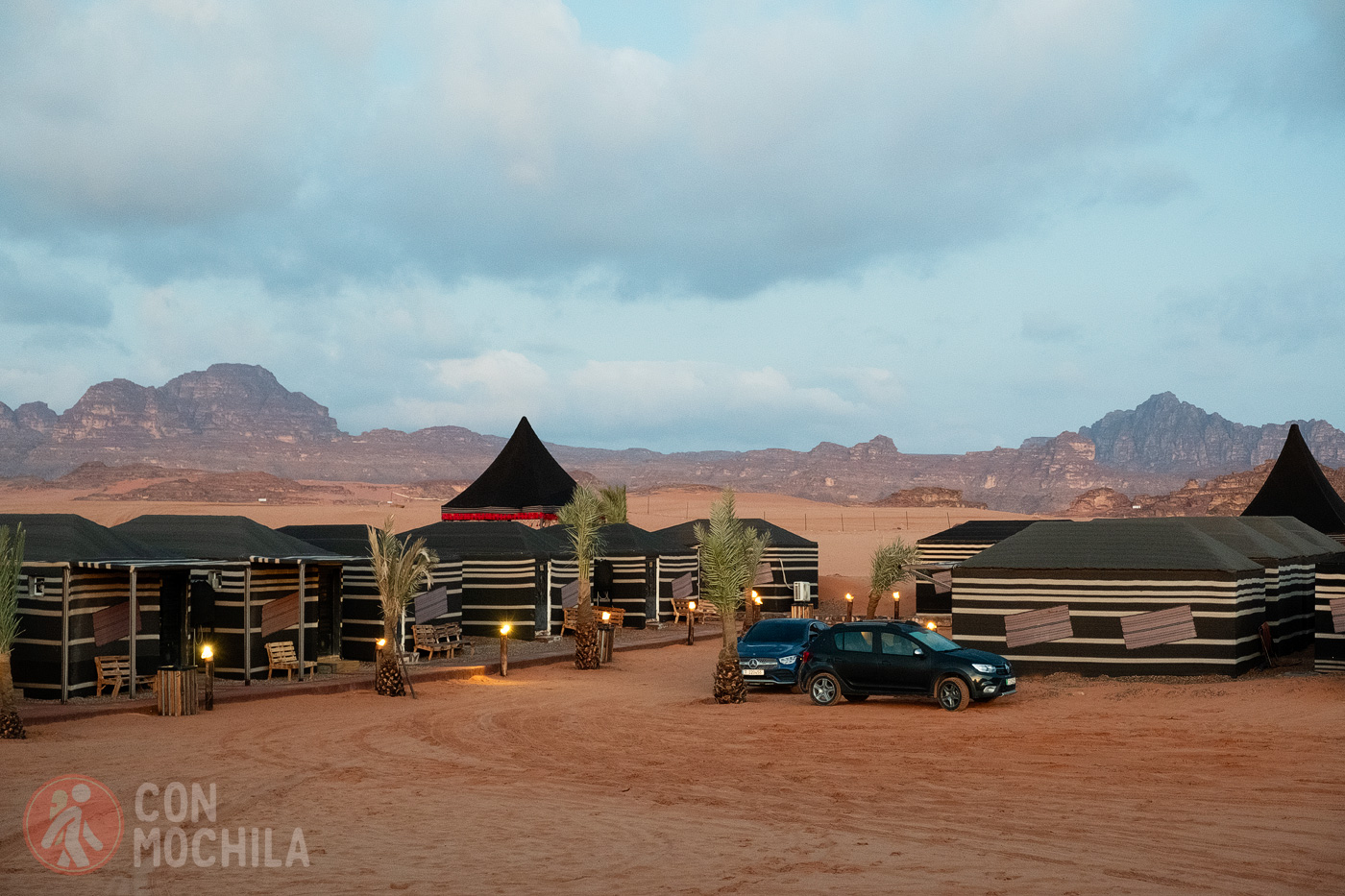
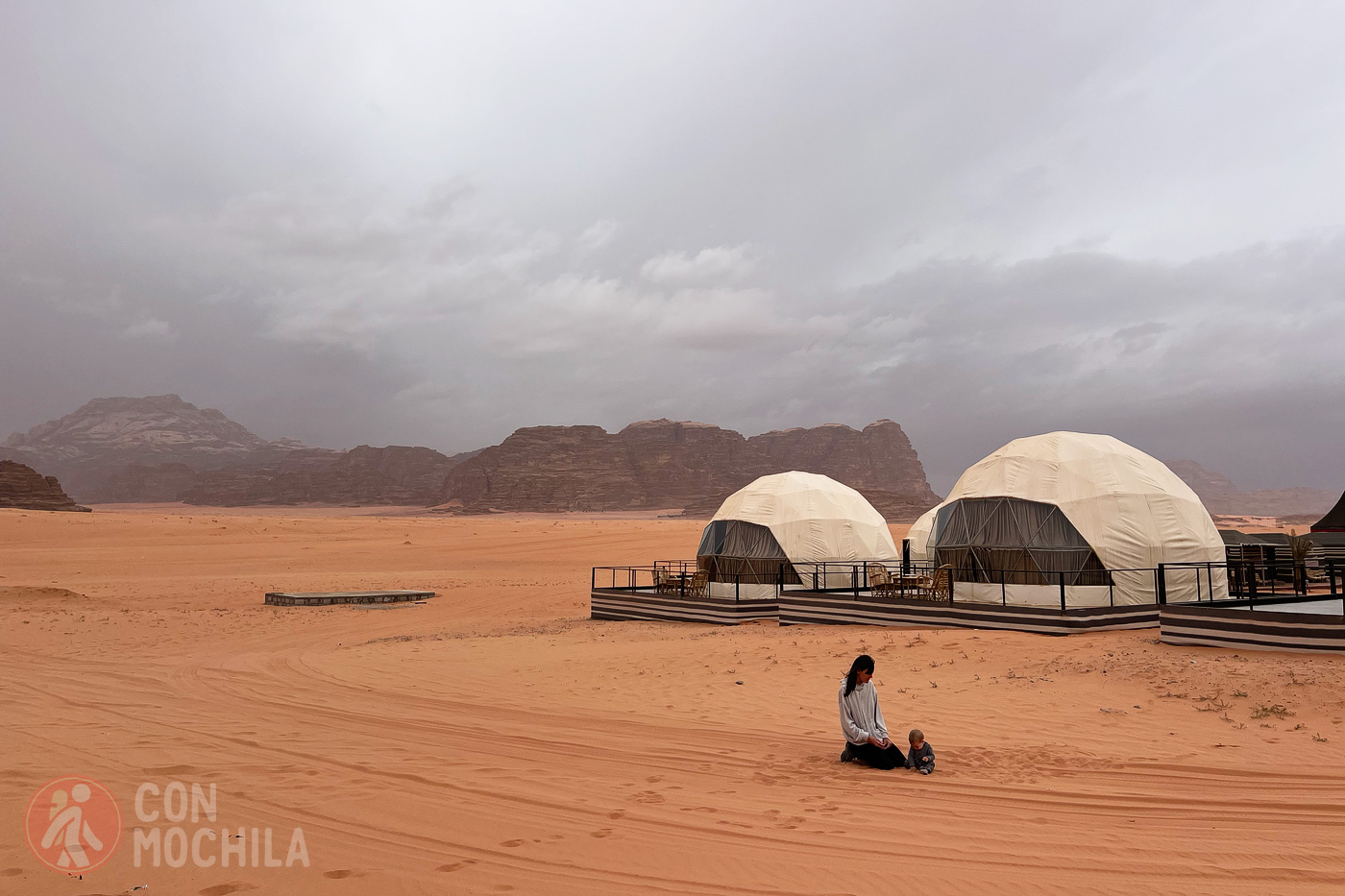
We stayed at Wadi Rum Dream Camp and the highlight was the common areas: a huge tent with a powerful fireplace is the meeting place and where meals are served (buffet style), and an exterior decorated without too much excess but enough to make it really cozy.

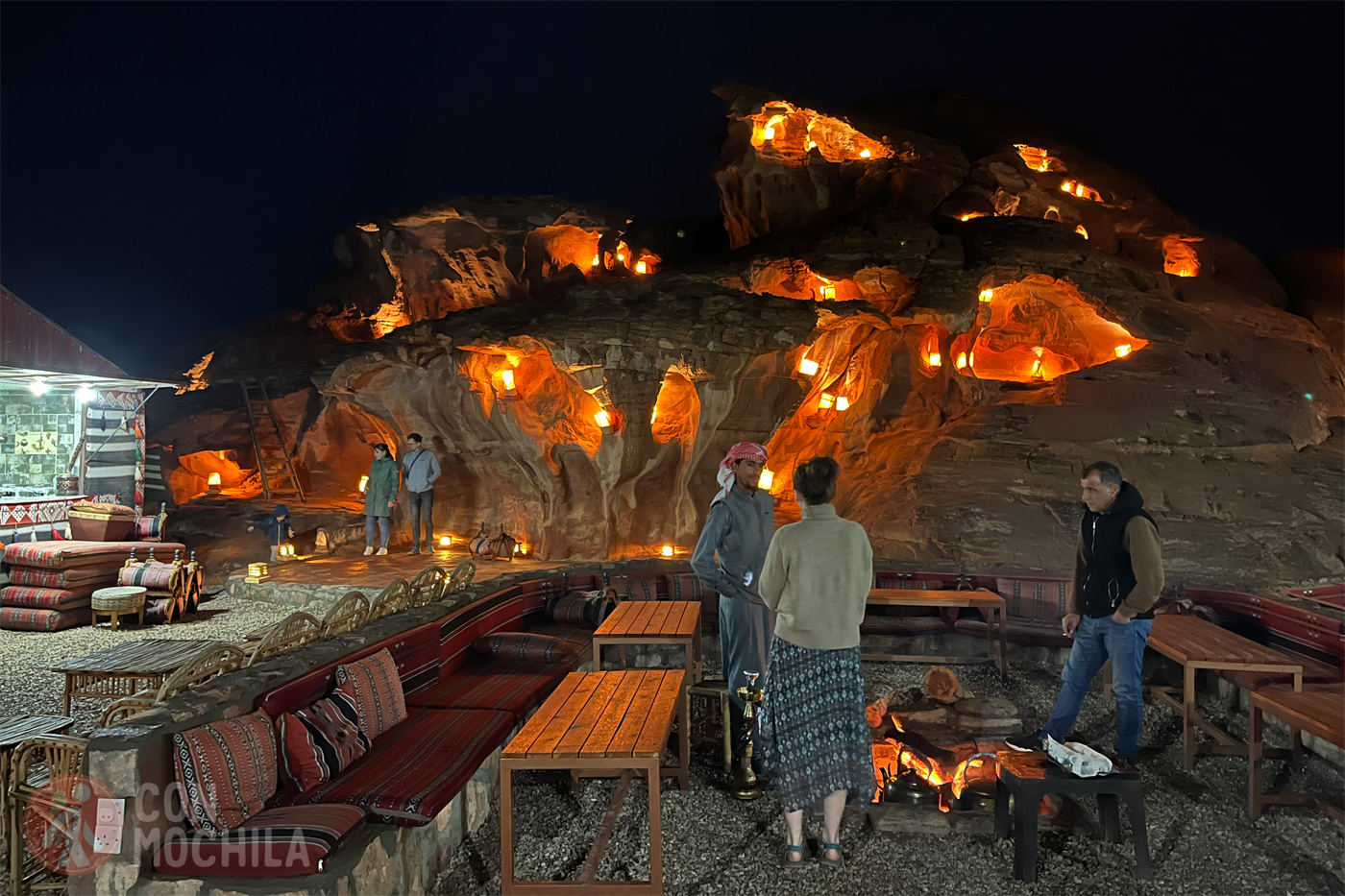
The staff themselves are responsible for picking you up from the parking lot and organizing excursions. We give this camp full stars, for the location and the staff.